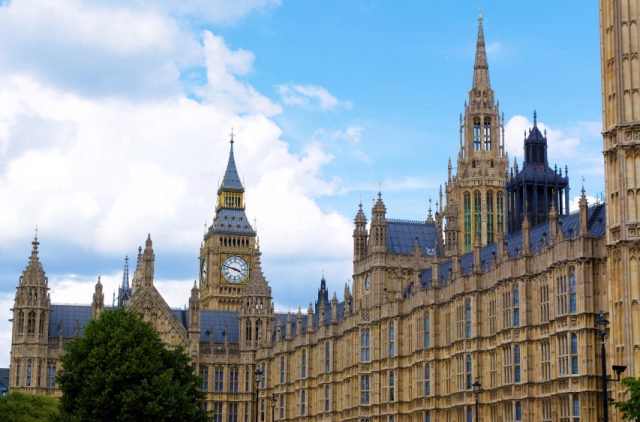Bank of England receives new powers to ease BTL lending
The Bank of England is to receive new powers from the Government in order to regulate mortgages for small-scale buy-to-let landlords, Chancellor Phillip Hammond has announced.
From early next year, the Bank will be able to limit loan-to-value ratios on buy-to-let mortgages, alongside the minimum amount by which the predicted rental income from a home will exceed mortgage interest payments. This move has been designed to help protect the financial system from any future risks in the buy-to-let market.
Powers
Initially, the Bank had asked for these powers over two years ago, with the Government holding a consultation in early 2016.
Chancellor Hammond observed: ‘It is crucial that Britain’s independent regulators have the tools they need to keep our financial system as a safe as possible. Expanding the number of tools at the Financial Policy Committee’s disposal will ensure that the buy-to-let sector can continue to make an important contribution to our economy, while allowing the regulator to address any potential risks to financial stability.’[1]
Buy-to-let investment has outperformed all other major asset classes in recent years. However, the Government’s decision to introduce measures to deter buy-to-let landlords has raised concern that the windfall could soon be coming to an end.

Bank of England receives new powers to ease BTL lending
Alterations
The introduction of the 3% stamp duty surcharge on buy-to-let properties is just one of the measures introduced with the intention of levelling the playing field between homeowners and investors. Mortgage interest tax relief is to be phased out from next year, with the wear and tear allowance also scrapped.
Now, the introduction of new powers for the Bank of England’s Financial Policy Committee could make it even trickier to get a mortgage.
As such, could it be that the buy-to-let market is suddenly be becoming an unattractive proposition?
[1] https://www.landlordtoday.co.uk/breaking-news/2016/11/bank-of-england-gets-new-powers-to-curb-buy-to-let-lending






